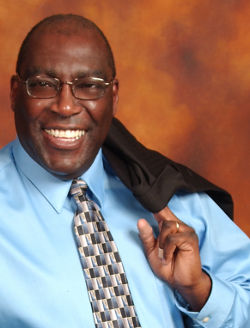Winning in both environments requires what The Three-Dimensional Leader: http://bit.ly/3DLeaderBkcalls obtaining “synergy from diversity” by coordinating personalities and player types to achieve “collective competence.”
Mission
Each football player focuses on winning the game by doing what their position requires.
The offenses’ mission is to outscore the other team by advancing the ball across the goal line for 6 points, or kicking field goals for three points or for one point after a touch down.
The defenses’ mission is to prevent scoring and take the ball away from the offense.
The offense receives a kickoff, runs until tackled, and then negotiates a series of four downs. The short-term mission of the four downs is to advance ten yards, which earns a new first down and four more attempts to advance and score.
Resources
Each team fields eleven players, divided into sections of linemen and backfield positions. These resources are deployed into various offensive and defensive formations.
Context Impacts Strategy
The context is a 100 yards long football field, plus ten for each end zone. The contextual variables include if the
stadium is domed or open air
temperature is hot or cold
fans are quiet or loud
sun impedes seeing
wind blows the ball
The mission does not change if any strategy to run or throw fails to score or move the ball ten yards. The players must remain focussed to coordinate and accomplish the mission. If they loose composure and start blaming and bickering they become a distraction to achieving the organizational purpose.
Effective leadership keeps resources focused, to limit distractions to negotiate the context and achieve the mission.


 RSS Feed
RSS Feed
